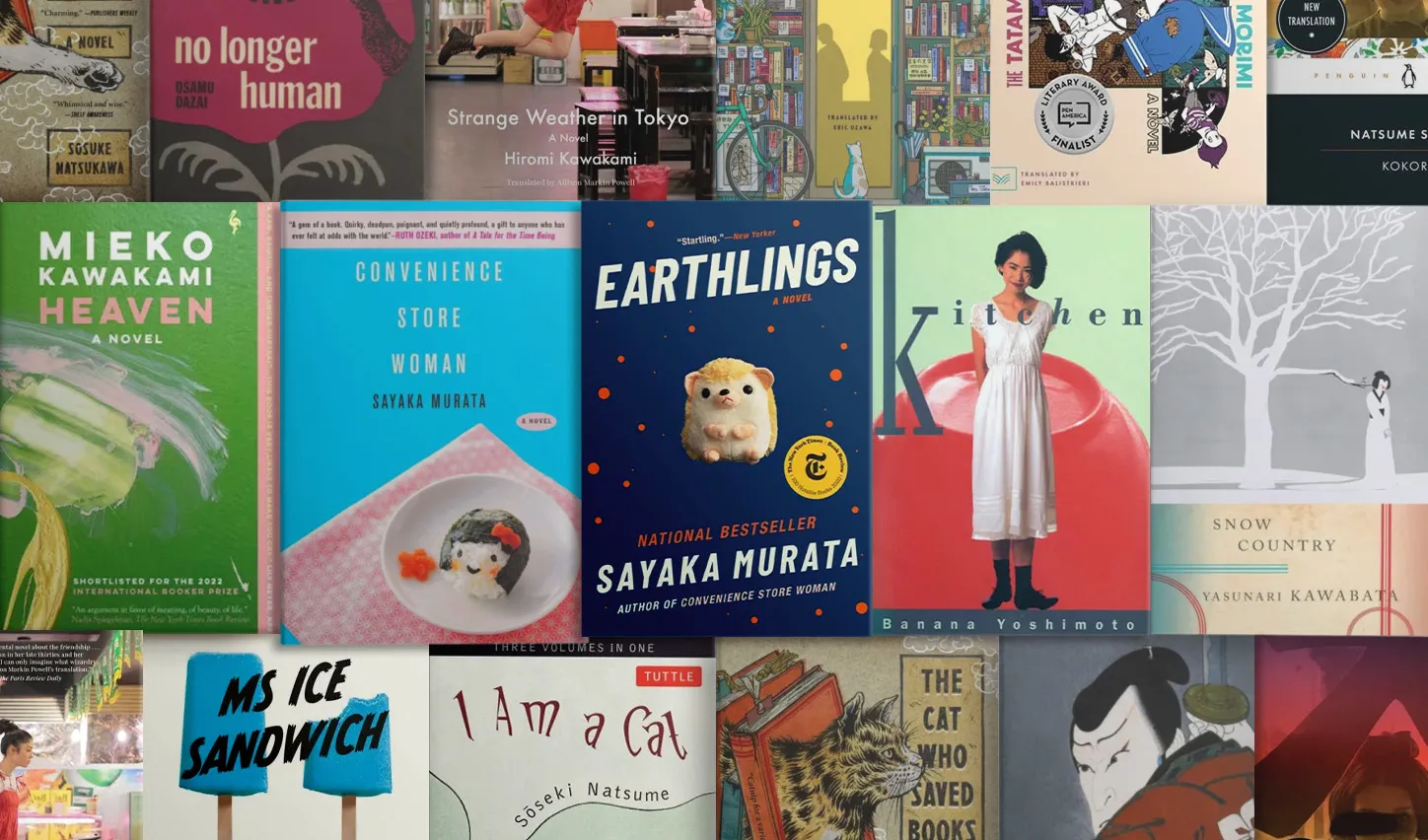Light novels have become a distinctive genre within the broader landscape of Japanese literature. With their engaging storytelling, unique styles, and appealing format, they have won the hearts of millions both in Japan and internationally. A fusion of written narratives and visual elements, light novels are often adapted into manga and anime, further increasing their popularity. In this blog, we’ll explore what makes light novels so special, their evolution, and why they have become a dominant genre in Japanese literature.
What Are Light Novels?
Light novels are a specific type of Japanese fiction that is typically aimed at young adult readers, often between the ages of 12 and 18. They are known for their relatively short length—usually between 40,000 to 50,000 words—and are often illustrated with anime-style drawings. The term “light” refers to their easy-to-read style, which contrasts with the more complex narratives found in traditional novels.
The genre covers a wide range of themes, from fantasy and science fiction to romance and slice-of-life, offering something for nearly every type of reader. The illustrations in light novels serve to complement the narrative, providing visual context for characters and settings, which can be particularly appealing for younger readers or fans of anime culture.
Characteristics of Light Novels
While light novels are diverse in their content, they share several common characteristics that set them apart from other forms of literature:
- Illustrations: One of the defining features of light novels is their inclusion of illustrations, which often appear at the beginning of chapters or between pages. These illustrations are typically done in an anime or manga style and help to bring the characters and scenes to life, offering a visual component that enhances the reading experience.
- Accessible Writing Style: The writing in light novels tends to be straightforward and easy to follow, which is ideal for younger audiences or those who may be new to reading. The narrative is often fast-paced, with plenty of dialogue and action to keep readers engaged.
- Serialization: Many light novels are published in serialized formats, meaning they are released in parts over time. This structure makes them easy to pick up and read in small chunks, fitting well into the busy lives of their target audience.
- Genre Variety: Light novels cover a wide range of genres. While fantasy and science fiction are among the most common, readers can also find romance, slice-of-life, mystery, horror, and even historical fiction. This broad appeal is one reason for the genre’s immense popularity.

The Evolution of Light Novels
The genre of light novels has its roots in the 1970s, when the first titles began to emerge. The initial light novels were primarily aimed at a younger audience, typically focusing on fantasy or adventure themes. In the 1980s, publishers began to recognize the potential of the format and began producing more light novels with distinct anime-style artwork, further aligning the genre with Japan’s growing interest in manga and anime.
The late 1990s and early 2000s saw a surge in the popularity of light novels, with series like The Melancholy of Haruhi Suzumiya and Sword Art Online becoming major hits. These novels were not only published as books but were also adapted into manga and anime, creating a cross-media phenomenon that greatly increased the genre’s reach. Today, light novels are a mainstay in both Japanese culture and international markets, with fan translations and anime adaptations helping the genre reach a global audience.
Popular Light Novels
Several light novels have made a significant impact on both the literary world and pop culture, with some gaining immense popularity worldwide. Here are a few notable examples:
- Sword Art Online by Reki Kawahara
One of the most successful light novel series, Sword Art Online blends science fiction with fantasy. It follows Kirito, a player trapped in a virtual reality MMORPG, as he fights to escape the game. The series has inspired multiple anime adaptations, video games, and a massive fan following. - Re:Zero – Starting Life in Another World by Tappei Nagatsuki
This series tells the story of Subaru Natsuki, who is transported to a fantasy world where he repeatedly dies and is brought back to life to change the course of events. Re:Zero combines elements of fantasy, drama, and mystery, and has been praised for its unique narrative and character development. - The Melancholy of Haruhi Suzumiya by Nagaru Tanigawa
A quirky blend of science fiction, comedy, and high school drama, this series follows Haruhi Suzumiya, a high school girl who unknowingly has the power to reshape reality. The series has spawned an anime adaptation, making it one of the most iconic light novel series of its time. - No Game No Life by Yuu Kamiya
This series is about two siblings, Sora and Shiro, who are unbeatable gamers and are challenged to a game by a god in a fantastical world. No Game No Life explores themes of strategy, gamesmanship, and sibling bonds, with stunning visuals and a high-stakes plot.
Why Light Novels Are So Popular
Light novels are beloved for several reasons:
- Accessibility: Their easy-to-read style and engaging storylines make them perfect for readers who may not want to commit to long, dense novels. They also provide a great introduction to the world of literature for younger readers.
- Multimedia Appeal: Many light novels are adapted into manga, anime, and video games, creating a cross-media experience that attracts fans from multiple entertainment genres. This multimedia synergy helps build a strong fan base and keeps readers engaged.
- Relatable Characters and Themes: Light novels often feature relatable characters and themes that resonate with their audience, particularly younger readers. The exploration of identity, friendship, and personal growth is common, making them deeply meaningful to fans.
- Cultural Insight: For readers outside of Japan, light novels offer a window into Japanese culture, traditions, and societal issues. This adds an extra layer of interest for international readers looking to understand more about Japan.
Conclusion
Light novels are a unique and influential genre in Japanese literature, offering a distinct reading experience that combines accessible writing, engaging illustrations, and diverse genres. Their popularity continues to grow, thanks in part to the global reach of anime and manga. For readers looking to dive into the world of Japanese literature or seeking engaging, fast-paced stories, light novels offer an exciting gateway into a vibrant literary tradition.
Whether you’re interested in fantasy, romance, science fiction, or slice-of-life, there’s a light novel waiting for you to explore. Their influence on modern storytelling, particularly in the realms of anime and manga, makes them a fascinating and important part of Japanese culture and literature.











